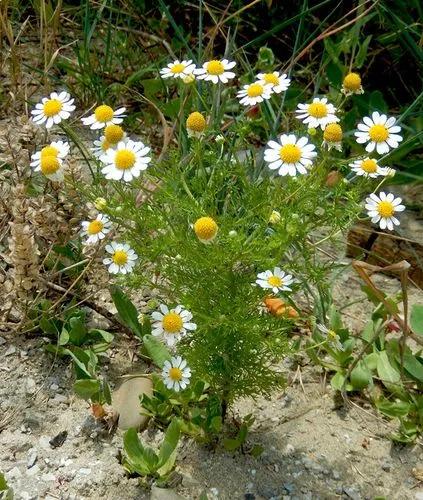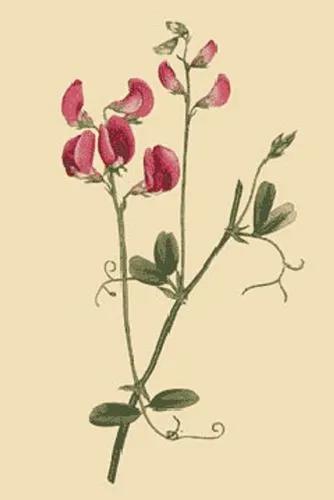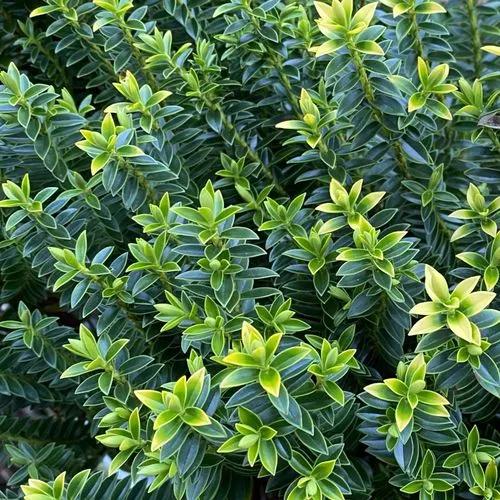The common cuckoo flower is widespread throughout Europe from Scandinavia in the north to the north of Spain, Italy and Greece in the south.Cuckoo-colored inflorescences are corymbose panicles located at the very top of the shoots. But the leaves of the plant are of two types: stem - opposite, sessile, narrow lanceolate or lanceolate, small (no more than 15 cm), naked; basal - spatulate, obverse lanceolate, petiolate.
Coccyganthe Care
Lychnis flos-cuculi



Common cuckoo is a perennial herb with fine roots. Stems are erect, branching, reaching 0.3 to 0.9 m in height. Basal leaves are spatulate, obverse lanceolate. Stem leaves are opposite, sessile, lanceolate, glabrous on both sides, up to 15 cm long. Flowers are collected at 3-30 in loose corymbose inflorescences at the top of the shoot, about 3 cm in diameter. Bracts narrow lanceolate, up to 2.5 cm long. The calyx is campanulate, membranous, with a serrated edge. Corolla is bright pink, less often white, petals are narrow, deeply divided into two linear lobes, broadly ovate. Pistils in number 5. The fruit is a broad-ovate capsule with five folds. Seeds are dark brown or black, bumpy.
How to Care for the Plant

Popularity

63 people already have this plant 16 people have added this plant to their wishlists
Discover more plants with the list below
Popular articles






